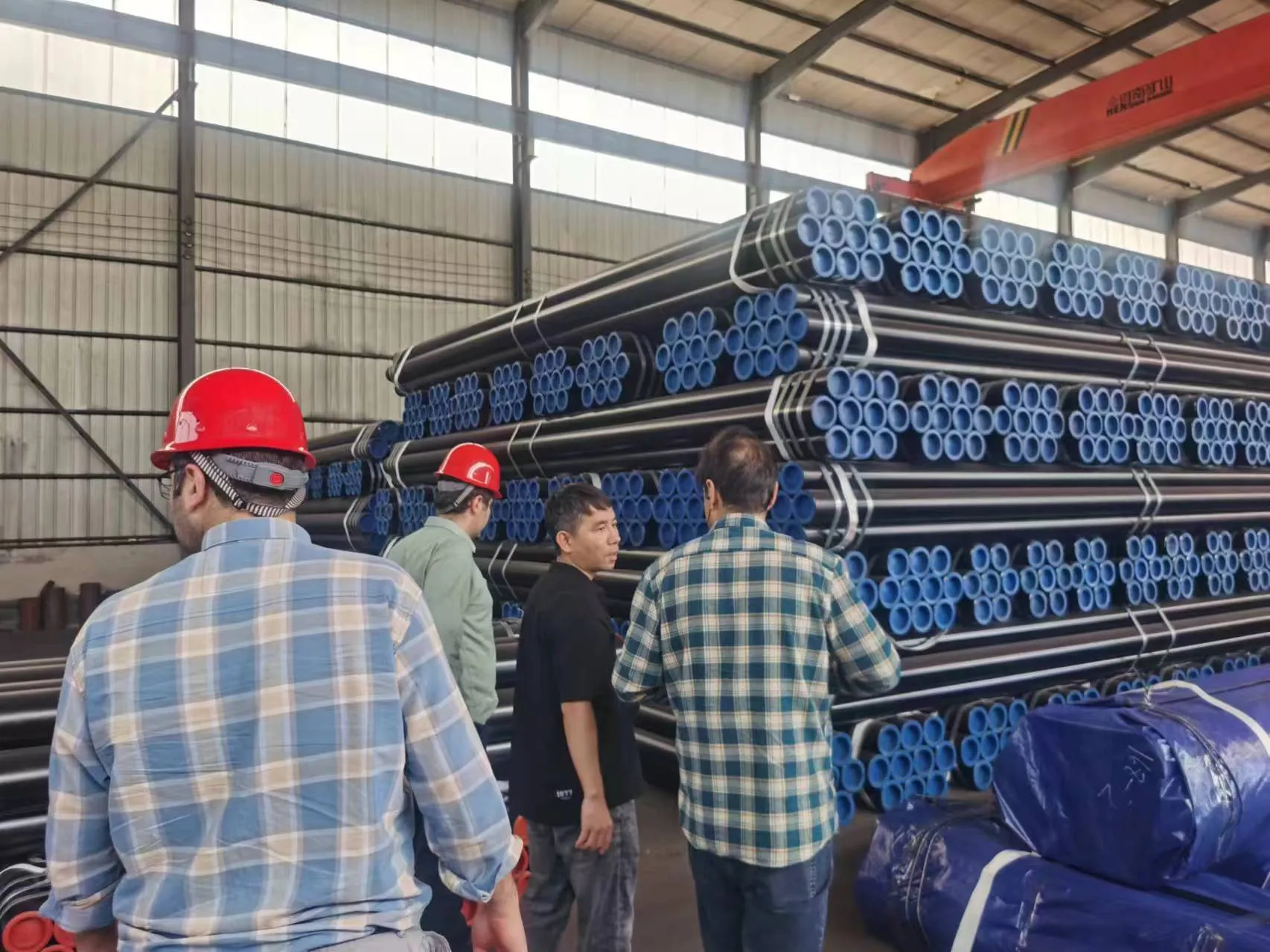-
Cangzhou Yulong Steel Co., Ltd.
-
Phone:
+86 13303177267 -
Email:
admin@ylsteelfittings.com
- English
- Arabic
- Italian
- Spanish
- Portuguese
- German
- kazakh
- Persian
- Greek
- French
- Russian
- Polish
- Thai
- Indonesian
- Vietnamese
- Zulu
- Korean
- Uzbek
- Hindi
- Serbian
- Malay
- Ukrainian
- Gujarati
- Haitian Creole
- hausa
- hawaiian
- Hebrew
- Miao
- Hungarian
- Icelandic
- igbo
- irish
- Japanese
- Javanese
- Kannada
- Khmer
- Rwandese
- Afrikaans
- Albanian
- Amharic
- Armenian
- Azerbaijani
- Basque
- Belarusian
- Bengali
- Bosnian
- Bulgarian
- Catalan
- Cebuano
- China
- China (Taiwan)
- Corsican
- Croatian
- Czech
- Danish
- Esperanto
- Estonian
- Finnish
- Frisian
- Galician
- Georgian
- Kurdish
- Kyrgyz
- Lao
- Latin
- Latvian
- Lithuanian
- Luxembourgish
- Macedonian
- Malgashi
- Malayalam
- Maltese
- Maori
- Marathi
- Mongolian
- Myanmar
- Nepali
- Norwegian
- Norwegian
- Occitan
- Pashto
- Dutch
- Punjabi
- Romanian
- Samoan
- Scottish Gaelic
- Sesotho
- Shona
- Sindhi
- Sinhala
- Slovak
- Slovenian
- Somali
- Sundanese
- Swahili
- Swedish
- Tagalog
- Tajik
- Tamil
- Tatar
- Telugu
- Turkish
- Turkmen
- Urdu
- Uighur
- Welsh
- Bantu
- Yiddish
- Yoruba

Nov . 16, 2024 00:05 Back to list
stainless steel pipe tube
The Versatility of Stainless Steel Pipe and Tube Applications and Advantages
Stainless steel pipes and tubes are essential components in various industries due to their outstanding properties, such as corrosion resistance, strength, and durability. Made from an alloy of steel that contains at least 10.5% chromium, stainless steel forms a passive layer of chromium oxide, providing excellent resistance to oxidation and corrosion. This unique characteristic, along with other benefits, positions stainless steel as a preferred material for pipes and tubes in numerous applications.
Properties of Stainless Steel
1. Corrosion Resistance The primary advantage of stainless steel pipes and tubes is their high resistance to corrosion. This feature makes them particularly useful in environments where moisture and chemicals are prevalent, such as in chemical processing, oil and gas industries, and plumbing systems. The passive layer that forms on the surface of stainless steel prevents rust and corrosion, ensuring longevity and reducing maintenance costs.
2. Strength and Durability Stainless steel is known for its strength-to-weight ratio, meaning it can withstand high pressures and extreme conditions while remaining relatively lightweight. This property makes stainless steel pipes ideal for applications requiring robust materials that can endure significant stress without deformation or failure.
3. Temperature Resistance Stainless steel can withstand a wide range of temperatures, making it suitable for both high and low-temperature applications. In industries like aerospace and automotive, stainless steel pipes are often used in exhaust and heat exchange systems due to their ability to handle thermal expansion and contraction without losing structural integrity.
4. Aesthetic Appeal Stainless steel has a sleek, modern appearance that makes it a popular choice for architectural applications. Its attractive finish can enhance the aesthetic appeal of buildings, railings, and fixtures, while providing the durability necessary for outdoor installations.
Applications of Stainless Steel Pipes and Tubes
Stainless steel pipes and tubes find applications across numerous fields, reflecting their versatility
stainless steel pipe tube

1. Construction and Architecture Used in structural applications, stainless steel pipes provide both strength and aesthetic value. They are used in handrails, supports, and decorative features in commercial and residential buildings.
2. Food and Beverage Industry The hygiene standards required in food processing and beverage production make stainless steel an ideal choice. Its non-porous surface prevents bacteria and contaminants from adhering, ensuring compliance with health regulations and maintaining product integrity.
3. Chemical Processing Stainless steel's resistance to corrosion and its ability to withstand harsh chemicals make it a favorite in chemical processing plants. It is commonly used for pipes that transport corrosive substances, protecting both the infrastructure and the environment.
4. Oil and Gas In the oil and gas industries, stainless steel pipes are utilized for transporting hydrocarbons under high pressure. Their durability under extreme conditions (such as high temperatures and pressures) ensures safe and reliable operation, reducing the risk of leaks and failures.
5. Automotive and Aerospace Within the automotive and aerospace sectors, stainless steel tubes are used in exhaust systems, fuel lines, and structural components. Their lightweight yet sturdy nature contributes to overall efficiency and performance.
6. Medical Applications In the medical field, stainless steel is used to manufacture surgical instruments, implants, and frameworks for medical devices. Its biocompatibility and ease of sterilization make it a preferred material in healthcare settings.
Conclusion
The unique properties of stainless steel pipes and tubes—such as corrosion resistance, strength, and temperature resilience—make them indispensable in various industries. From construction to food processing, automotive to chemical industries, the versatility of stainless steel ensures its continued relevance and necessity in modern applications. As industries seek to enhance efficiency, durability, and safety, stainless steel will undoubtedly remain a material of choice, evolving alongside technological advancements and ever-changing market demands. Whether you’re considering stainless steel for a new project or seeking materials for ongoing operations, the advantages it offers are clear, making it a wise investment for present and future needs.
Latest news
-
ANSI 150P SS304 SO FLANGE
NewsFeb.14,2025
-
ASTM A333GR6 STEEL PIPE
NewsJan.20,2025
-
ANSI B16.5 WELDING NECK FLANGE
NewsJan.15,2026
-
ANSI B16.5 SLIP-ON FLANGE
NewsApr.19,2024
-
SABS 1123 FLANGE
NewsJan.15,2025
-
DIN86044 PLATE FLANGE
NewsApr.19,2024
-
DIN2527 BLIND FLANGE
NewsApr.12,2024
-
JIS B2311 Butt-Welding Fittings LR/SR 45°/90° /180°Seamless/Weld
NewsApr.23,2024











